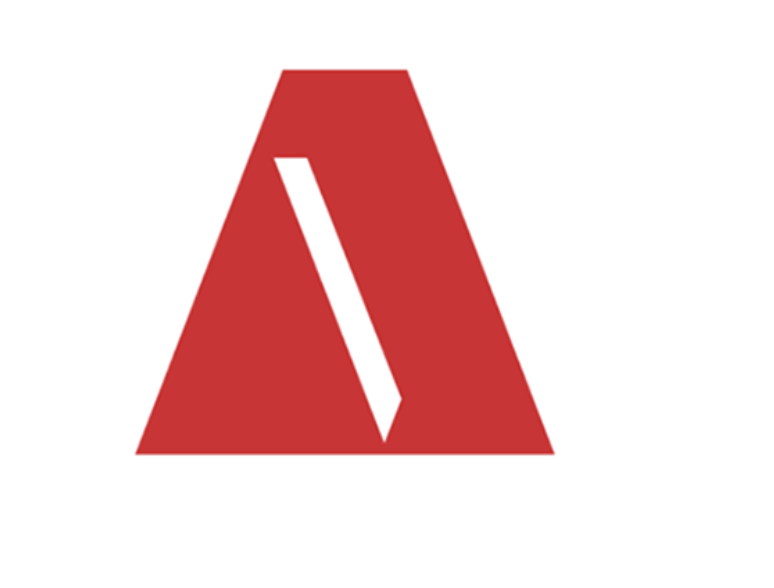Challenges Faced by Distributed Teams. Part 2
Let’s continue discussing how to hadle problems of distributed teams. The first part about the main challenges is available here.
Virtualization
- To ensure a smooth production process, it was essential to quickly deploy a lot of servers and apps for development, testing, research, etc.
- Thus, there was a need to create instant system images, clone entities, and quickly move entities between the development centers.
- In that case, deployment and maintenance of servers required considerable labor efforts, not to mention additional expenses for hardware, its constant upgrade and repair. Therefore, it led to high expenses for the whole infrastructure including electricity, data center equipment, rental of premises, etc.
- At the same time, we had to constantly maintain the rapid growth of the company, and, as a consequence, there was an increasing need for new computational power in six production sites.
All the problems listed above were solved in the following way. We experimented with various virtualization platforms during three years, among them vmware, citrix xen server, hyper-v, amazon, debian 4 + xen, ubuntu cloud, debian 5/6 + libvirt. Eventually, we chose debian 5/6+libvirt, an open source solution that gave us a number of benefits:
- The expenses considerably decreased:
- on licenses, as we used free software (open source solutions with the applicable licenses)
- on hardware
- on data centers
- on technical staff, as the workforce productivity increased considerably
- The implementation time reduced
- Efficient project infrastructure for any production site was deployed in a few hours
- Migration between data centers became available, including migration to amazon
- As a result of life migration
- it was possible to balance performance of each service in real time as well as service load in a particular development center, moving a system image to a production site where it was most required
- there was no down time for hardware maintenance, as the maintenance of each node didn’t lead to service disabling
- Scalability was not limited
- We got customized and working services (as we provided already pre-configured images, and not software distributives)
- It was possible to locate resources easily in WAN by migrating them into amazon
Communication
Since the equipment was not attached to its physical location, it allowed us to ignore a set of infrastructure problems. However, there still remained a problem to provide robust and effective communication between the production sites. In this case, the decision was very simple: all communication lines were repeatedly duplicated starting from the Internet access and VPN to IP telephony and third-party providers of communication services (for example, the company had at least 4 tools for carrying out teleconferences).
Project
Thus, that excellent conditions were created in the company for our sample project in terms of virtual infrastructure and reliable communication lines that allowed us to focus only on solving two remaining problems.
A project goal was to develop an online tool for drawing different types of diagrams with the possibility of collaboration and a large number of additional functions (integration with third-party systems including cloud services, multiple options of managing graphic elements). This project was implemented in terms of Artezio in-house development which created a set of additional methodological and administrative problems, such as:
- Project goals and a scope of work were not precisely defined. There was just a raw idea which was developed by the initiative group in the hope of project success. However, the project goals tended to change from time to time. Occasionally, they significantly influenced each other, and often our commitment to one goal set us back while achieving another goal.
- There was not a single source of functionality requirements. The whole team put all efforts to add something new to the project which, in turn, extremely complicated the management process of the product requirements and functionality verification.
- As far as there was no permanent sponsor, the project team experienced problems with the staff, equipment, etc.
The project team was located on 4 production sites and represented a good example of a distributed team.

